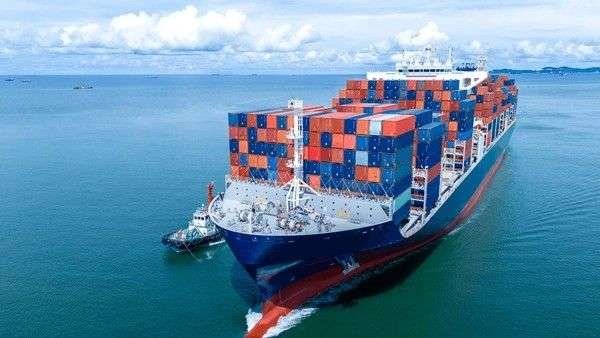Carriage Cost is an essential term in the business world, particularly in the context of shipping and logistics. It refers to the expenses incurred for transporting goods from one location to another. Whether you are a small business owner or a large corporation, understanding carriage costs is crucial for effective financial management.
Table of Contents
What is Carriage Cost?
Carriage Cost includes all the expenses related to the transportation of goods. These costs can arise from various transportation methods, such as road, rail, sea, or air. The primary aim is to ensure that goods reach their destination safely and efficiently.
Types of Carriage Cost
Carriage costs can be categorized into two main types: Carriage Inwards and Carriage Outwards.
Carriage Inwards
Carriage Inwards refers to the transportation costs incurred when goods are delivered to a business. These costs are usually added to the cost of the goods purchased and are considered part of the purchase expense.
- Example: A retailer orders products from a supplier. The cost of transporting these products from the supplier to the retailer’s warehouse is considered carriage inwards.
Carriage Outwards
Carriage Outwards pertains to the transportation costs incurred when a business delivers goods to its customers. These costs are often considered part of the selling expenses and are recorded separately from the cost of goods sold.
- Example: A manufacturer ships products to customers. The expenses involved in transporting these products from the manufacturer’s warehouse to the customers are considered carriage outwards.
Importance of Carriage Cost
Understanding and managing carriage costs is vital for several reasons:
- Cost Management: By tracking carriage costs, businesses can better manage their overall expenses and improve profitability.
- Pricing Strategy: Knowing the transportation costs helps businesses set appropriate pricing for their products or services.
- Budgeting: Accurate recording of carriage costs aids in better financial planning and budgeting.
How to Record Carriage Cost
Carriage costs are recorded differently depending on whether they are carriage inwards or carriage outwards.
Recording Carriage Inwards
Carriage inwards costs are added to the cost of goods purchased. For example:
- Journal Entry:
Purchases Account Debit
Carriage Inwards Account CreditThis entry increases the total cost of purchases, reflecting the transportation expenses incurred.
Recording Carriage Outwards
Carriage outwards costs are treated as selling expenses. For example:
- Journal Entry:
Carriage Outwards Account Debit
Cash/Bank Account CreditThis entry records the expense incurred in delivering goods to customers.
Example of Carriage Cost
Let’s consider an example to illustrate how carriage costs are applied in a real-world scenario:
- Carriage Inwards Example:
- A company purchases raw materials worth $10,000 from a supplier.
- The transportation cost for delivering these materials to the company’s warehouse is $500.
- Recording:
Purchases Account Debit $10,500 Cash/Bank Account Credit $10,500
- Carriage Outwards Example:
- The same company sells finished products worth $15,000 to a customer.
- The cost of delivering these products to the customer is $700.
- Recording:
Carriage Outwards Account Debit $700 Cash/Bank Account Credit $700
Impact on Financial Statements
Carriage costs affect various financial statements differently:
- Income Statement: Carriage outwards are recorded as selling expenses, reducing the net profit.
- Balance Sheet: Carriage inwards increase the cost of inventory, affecting the cost of goods sold when these inventories are sold.
Conclusion
Carriage Cost plays a significant role in the financial management of businesses involved in the buying and selling of goods. By understanding the distinction between carriage inwards and carriage outwards, businesses can better manage their expenses, set appropriate pricing strategies, and ensure accurate financial records. Properly accounting for carriage costs is crucial for maintaining transparency and efficiency in financial reporting.





